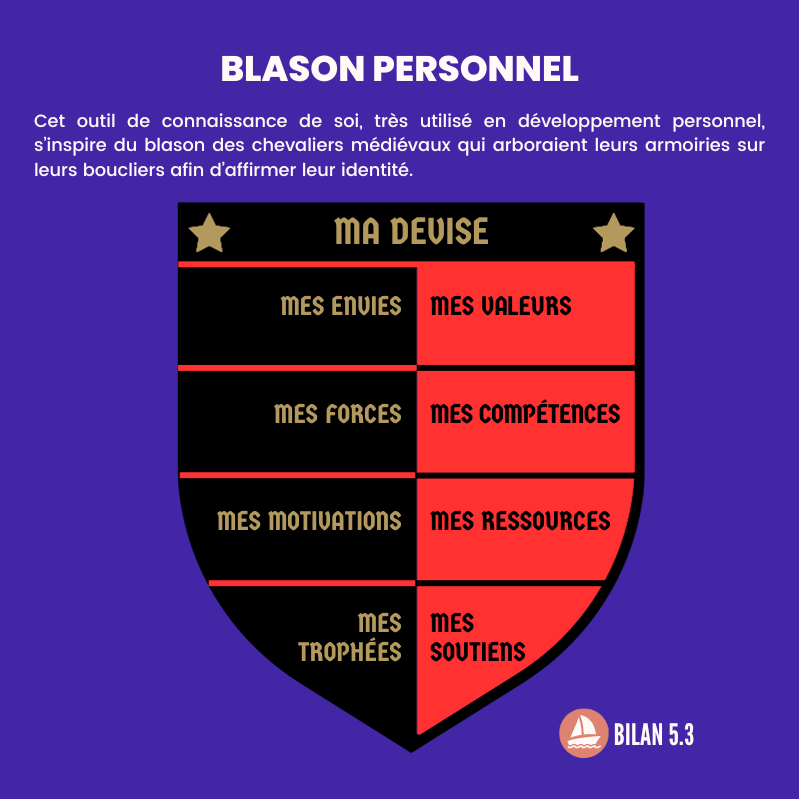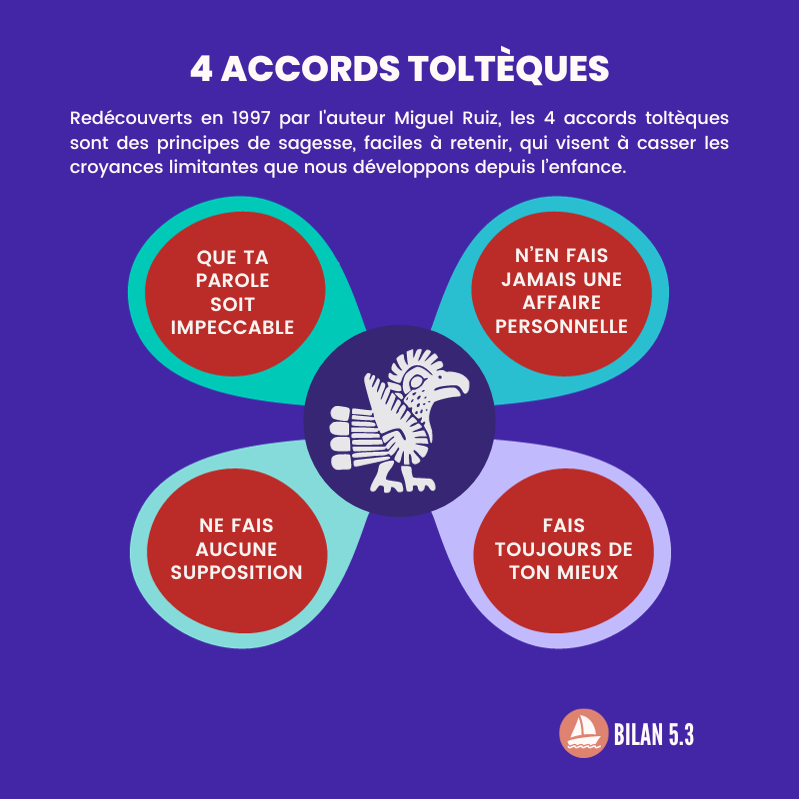
On the occasion of its deep restyling, the vast Hyundai Santa Fe adopts all types of hybridization: light, classic and rechargeable. Test of the latter, approved for 58 km of electric autonomy and only 1.6 l / 100 km of consumption in the combined cycle. Miracle or mirage?
Test car: Hyundai Santa Fe 1.6 T-GDi Plug-In 265 HTRAC BVA6
|
Price from €53,800
no bonus |
When the time comes for a restyling, each manufacturer uses a different tactic. Some are content to change the color of the indicators, many integrate new equipment, others inaugurate a new engine. And then there is Hyundai. Which restyled its Santa Fe barely more than a year after its launch and took the opportunity to change everything, from floor to ceiling. Aesthetics? Transfigured, especially on the muzzle side which clearly extends its grille. The dashboard? Deeply modified, with a center console now tilted and without a gear lever. As for the engines, they all embrace the electricity fairy: light hybridization in diesel (202 hp), classic hybridization in gasoline (230 hp cumulative) and rechargeable hybridization for this Santa Fe Plug-in (265 hp cumulative).

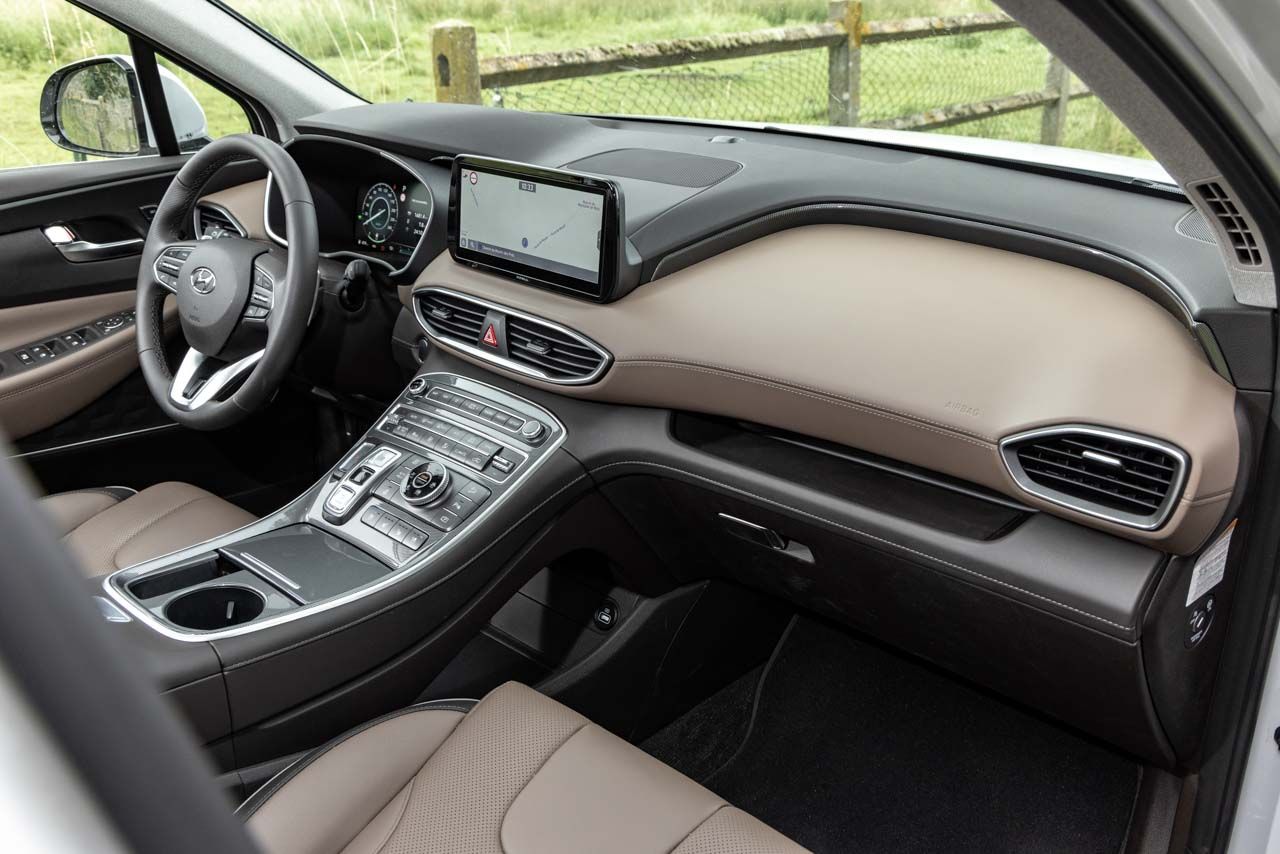
Executive finish
If the last two versions share the same 1.6 turbo with 180 hp, the rechargeable hybrid benefits from higher electric power (91 hp instead of 60 hp) and a tenfold battery capacity (13.8 kWh instead of 1.49 kW). Sufficient to cover 58 km in 100% electric mode on the WLTP homologation cycle, against barely two or three kilometers for the Santa Fe Hybrid 230, whose emission-free propulsion only intervenes at low speed. Obviously, these new arguments pay off …
Santa Fe plug-in hybrid price
With a call price of over €50,000, the Hyundai Sante Fe Plug-in 265 cannot benefit from the € 1,000 bonus allocated to plug-in hybrid models. This does not help its additional cost compared to the Hybrid 230 version, set at € 5,900 for an equivalent finish. The standard equipment is however generous with 10.25-inch touchscreen GPS, induction charging, adaptive cruise control, leather upholstery and hands-free motorized tailgate from Business level to € 53,900, 12.3-inch digital instrumentation and hands-free motorized tailgate from Creative at € 55,200, and highly technological equipment (head-up display, 360 ° parking cameras and blind spot monitoring, heating of the steering wheel and four seats, ventilation of the front seats, panoramic roof , rear level control, etc.) at Executive level at €59,700. A high finish that fitted our Sante Fe test.
Charging and autonomy
With an on-board charger that does not tolerate more than 3.5 kW of electrical power, the Sante Fe Plug-in battery requires at least 3 hours and 30 minutes to recover 100% of its charge on a public terminal or Wallbox. Refueling from a domestic socket peaks at 6 hours and 30 minutes, but this is still sufficient to recharge the batteries every night during the famous “off-peak hours”. To do this, you can program your departure time directly from the central touch screen or via the dedicated smartphone application.

Refueling the battery to 100% requires a minimum of 3 hours and 30 minutes.
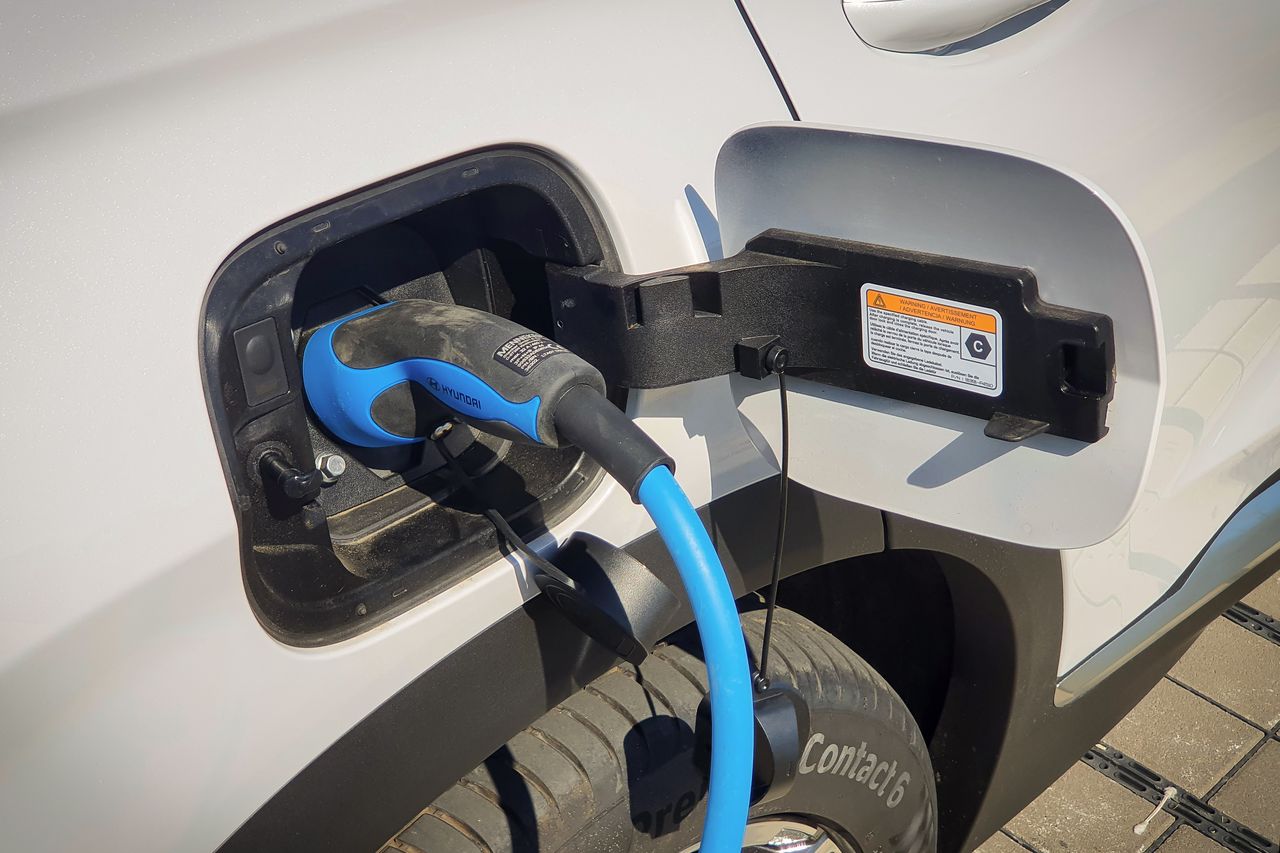
The second charging cable for a public terminal is billed at 492 € in accessories.
Once sated, the Santa Fe traveled 53 km before waking up its thermal engine on our typical route (combining expressways at 110 km / h, secondary roads limited to 80 km / h and crossings of fluid villages) in favorable conditions: 26 ° in the air, air conditioning off. A correct result for an SUV of this size with all-wheel drive, because it is superior to that of the compact Volkswagen Tiguan e-Hybrid 245 and Peugeot 3008 HYbrid 225 (46 km), and very close to that of the talented Ford Kuga 2.5 PHEV 225 (56 km ), all front-wheel drive. With its four-wheel drive, the powerful Suzuki Across of 306 hp had managed to complete 66 km thanks to a completely different battery capacity: 18.1 kWh, against 13.8 kWh for our Korean of the day.
Driving test
Batteries charged, the Sante Fe always starts in 100% electric mode. With 91 hp to move 2.2 t, however, it takes patience to reach 130 km / h and accelerate very gradually so as not to wake up the gasoline engine, sleep lighter than competitors. It is therefore better to reserve this mode for urban and peri-urban evolutions, where it guarantees an excellent smoothness of driving, also served by the very power-assisted steering, the soft comfort on the speed bumps and the good soundproofing of the pedestrian warning device (obligatory). under 30 km / h and sometimes too audible in the passenger compartment).

The 4.79 m long and 1.90 m wide excluding mirrors, however, encourage leaving the ramparts of the city and leading the Santa Fe on more suitable terrain: the road. The performance appears sufficient, even when the car is driven loaded. But the higher power of 35 hp compared to the Sante Fe Hybrid 230 is hardly obvious (buttocks?) When relaunching. In question: the higher weight of 200 kg minimum and the cumulative torque of 350 Nm remained the same.
Despite the presence of a Sport mode and a rear axle quite mobile when releasing the accelerator in support, it is however rare to want to panic the lap times at the wheel of a seven-seater Sante Fe, rather comfortable on straight highways to its holiday destination. There, the silence of operation seduces (little air or rolling noise), the course also (despite a semi-autonomous driving system whose trajectory oscillates slightly). But the Santa Fe Plug-in unfortunately reveals its biggest flaw: city car autonomy.

Between consumption at 130 km / h rarely less than 10 l / 100 km and the tank reduced by some 20 l compared to the conventional hybrid (or 47 l in total), autonomy hardly exceeds 450 km on the long journey and requires refueling in expensive motorway service stations. A detail to be well integrated before taking the plunge for plug-in hybrid technology, ideal for short daily journeys but totally unsuitable for multiplying long journeys at 130 km / h.
Onboard the Santa Fe Executive

If the pleasant 10.25-inch central screen comes automatically, the imitation leather dashboard trim and the 12.3-inch digital instrumentation arrive in Creative finish at € 55,200. The front seats, ventilated in Executive at 59,700 €, are real armchairs.
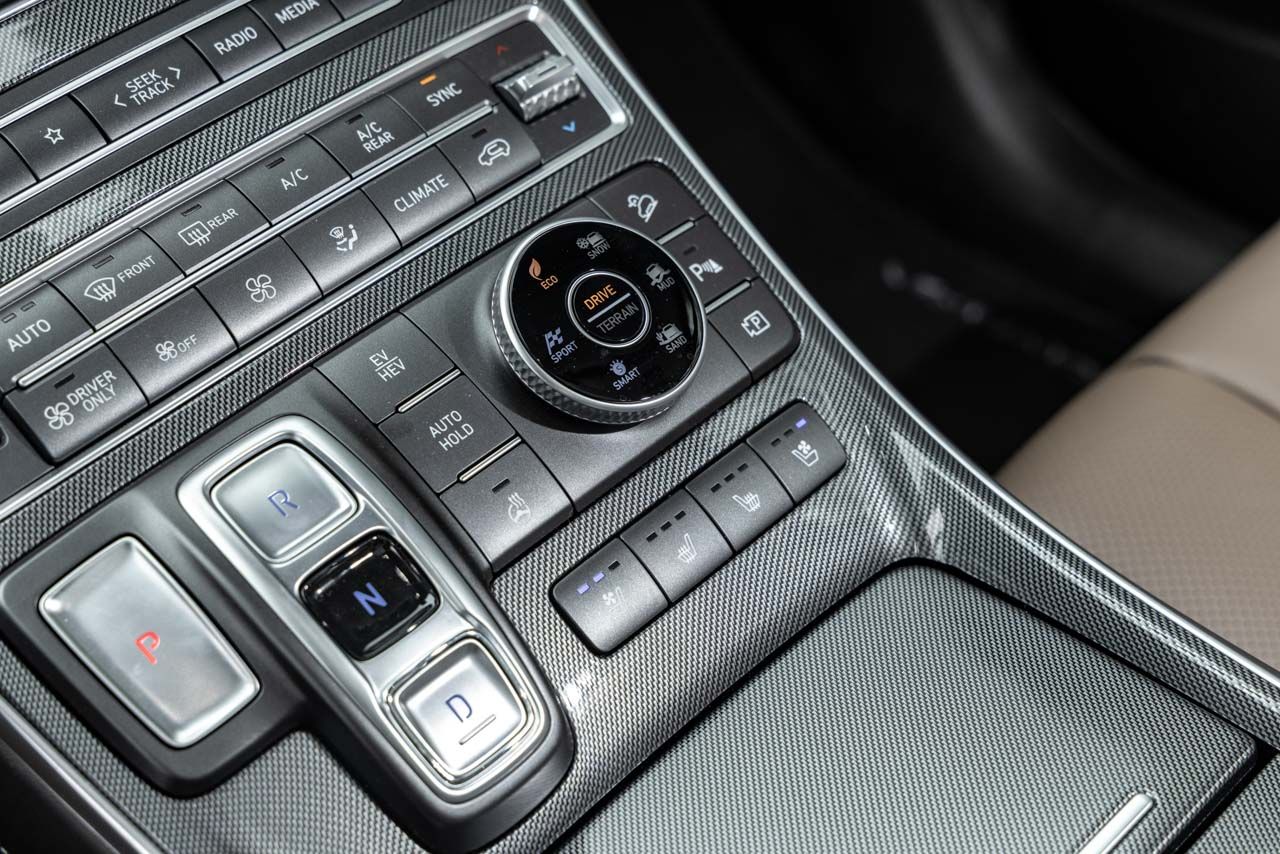
Driving modes abound: electric, hybrid or Auto for energy; Eco, Sport or Smart for the driving profile; Snow, Mud or Sand for the 4 x 4 transmission.
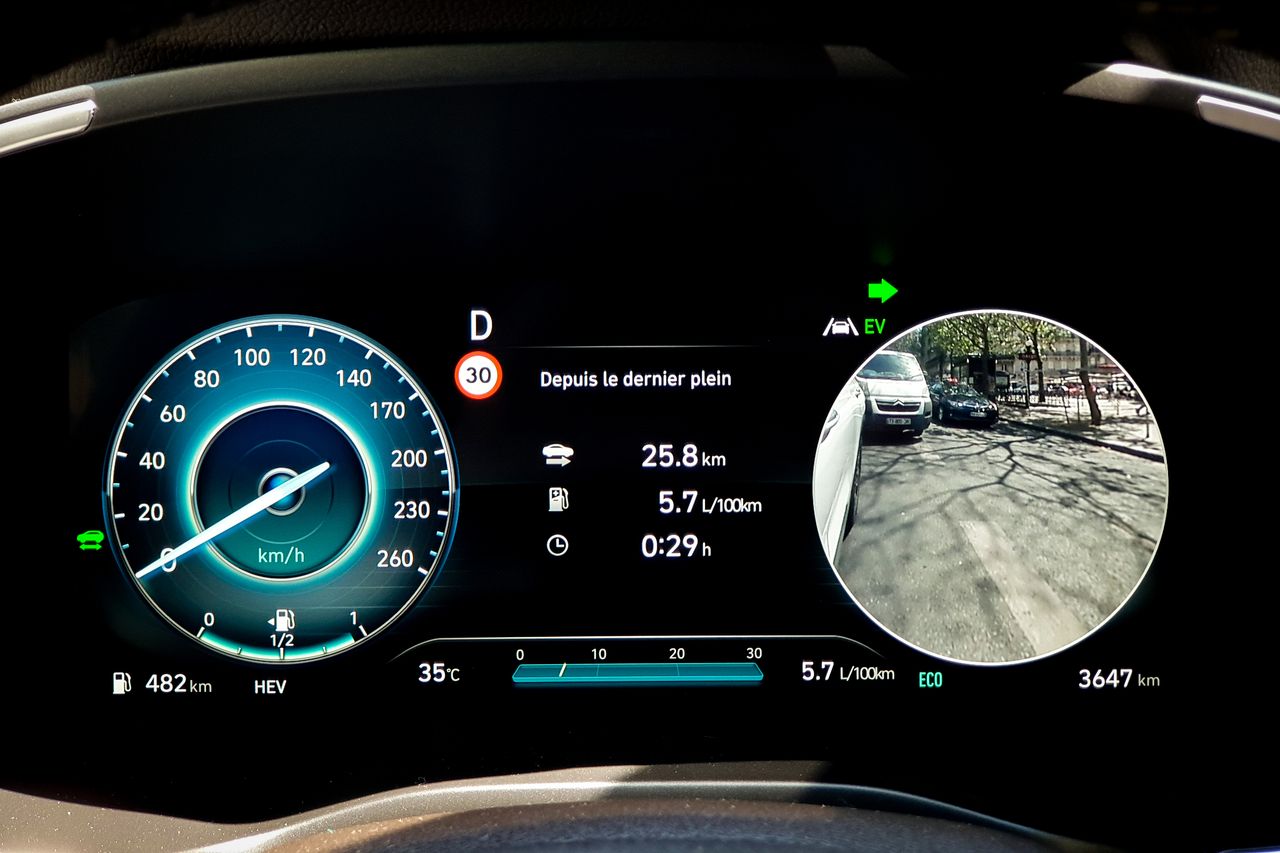
Blind spot monitoring activates the side camera in the event of danger or if the turn signals are activated. Safe, but the image is blurred in rainy weather.
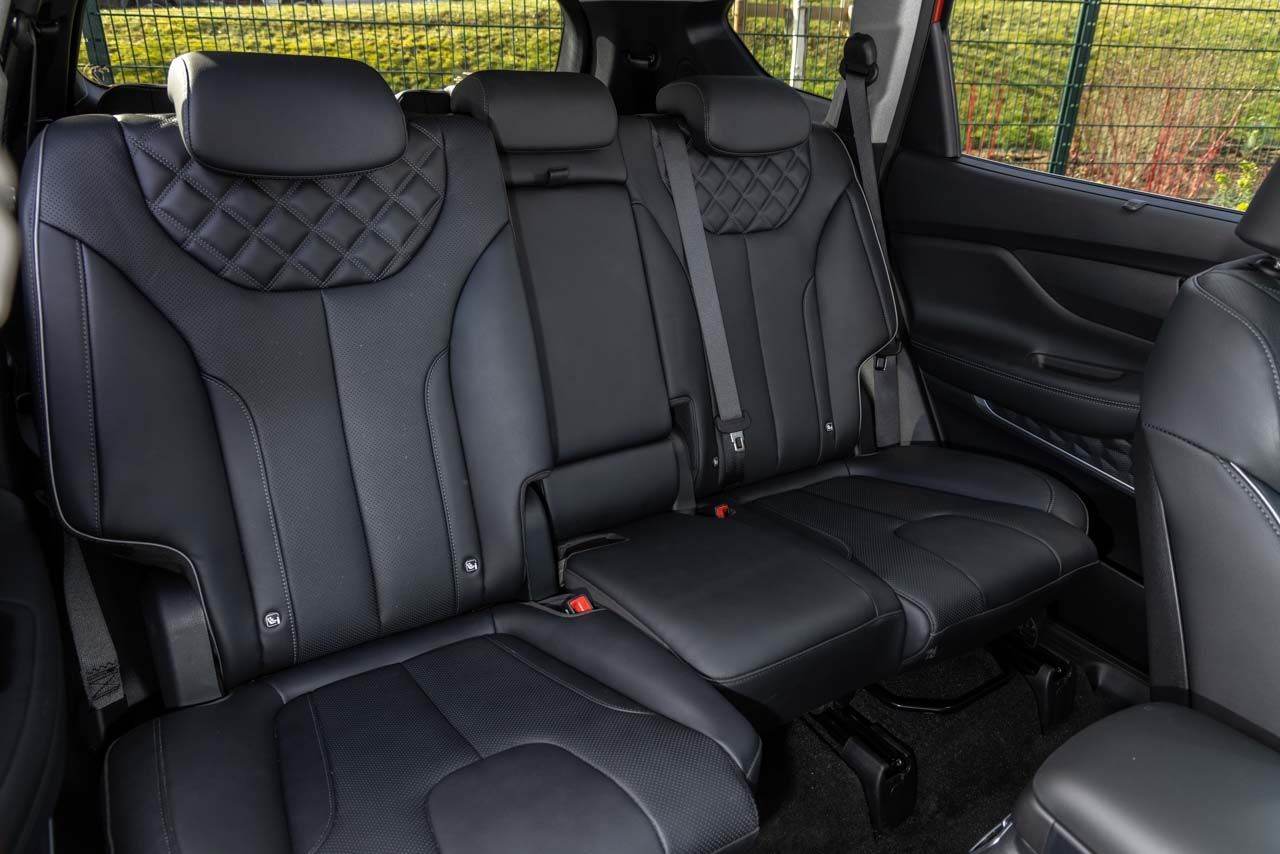
Sliding bench seat and reclining backrests provide generous space and comfort in the outboard rear seats. As often, the firm and narrow central seat is less welcoming.
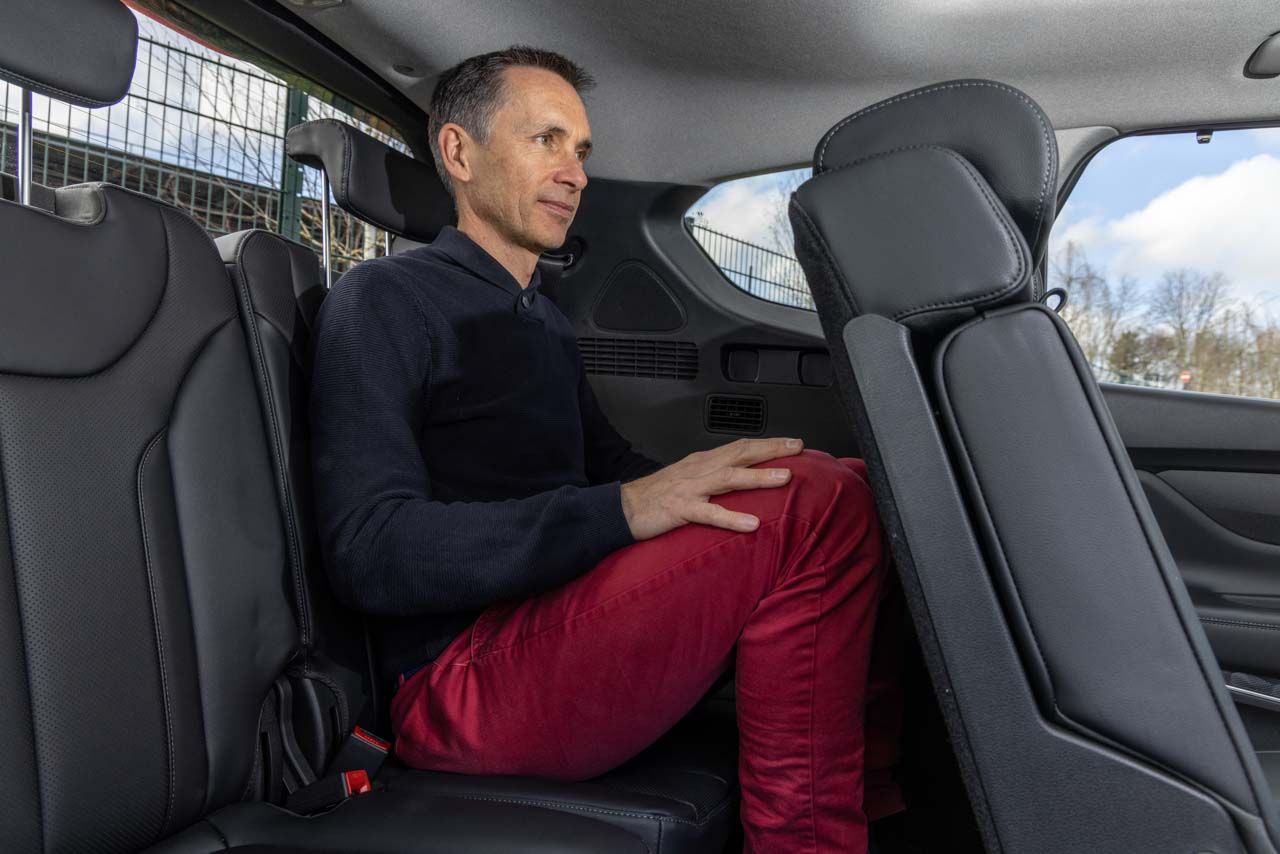
The third row seats are also dedicated to troubleshooting, because the space is measured and the seat very close to the ground. And if the bench slides easily, you need a grip to put it back in place.

It’s a shame because the passengers in the back have a USB socket, a dedicated air conditioning (in Executive) and speakers connected to the front microphone to facilitate conversation with the first row.
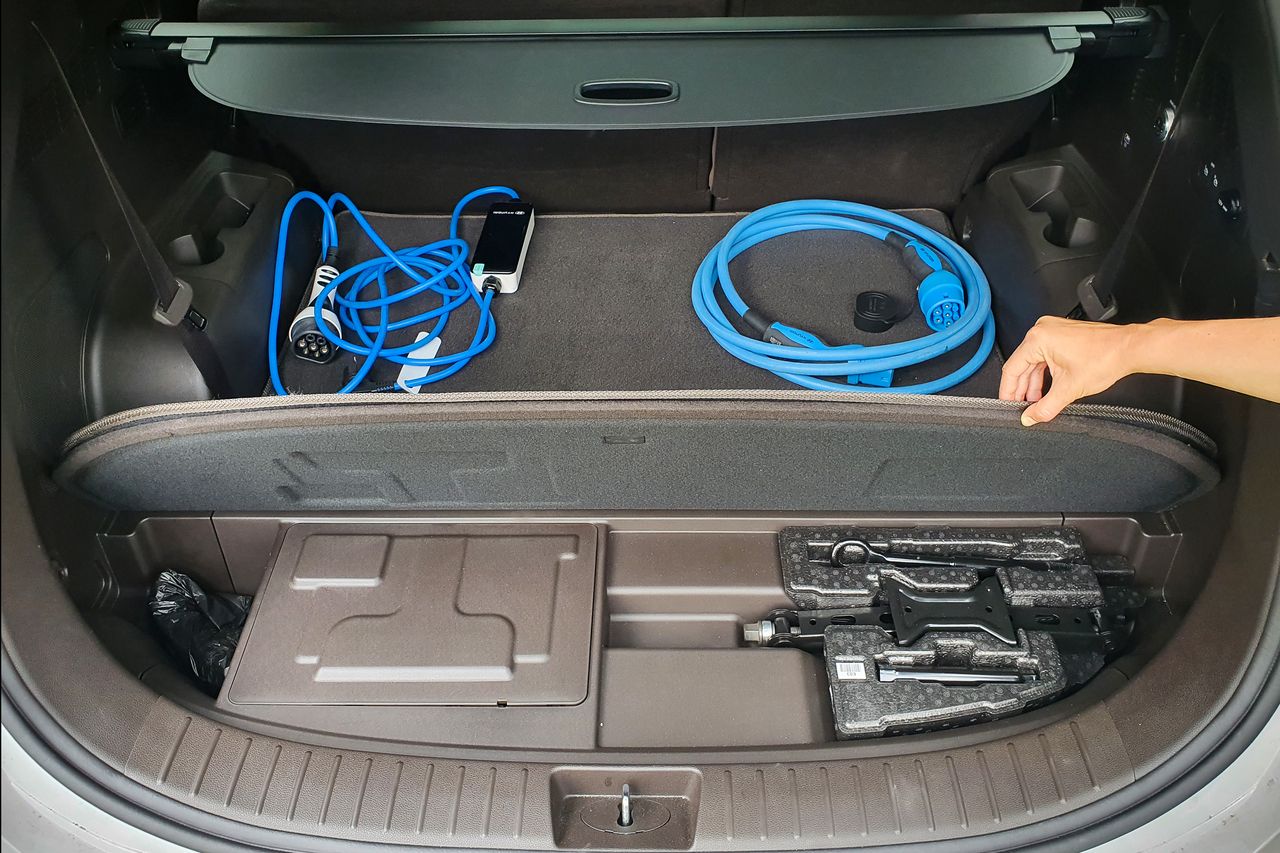
The trunk volume oscillates between 571 and 782 l as in the other Santa Fe. But the space under the floor disappears and prevents to accommodate the cables or the luggage cover.
Competition
The Peugeot 5008 is not entitled to the hybridization of its little brother 3008. The twin Toyota RAV4 and Suzuki Across plug-in hybrids (€ 53,990 minimum) have all-wheel drive but are limited to five seats. As for the Seat Tarraco e-Hybrid, it refuses both four-wheel drive and the third-row bench seat, incompatible with its plug-in hybrid powertrain. In reality, the only direct competitor of the Hyundai Sante Fe Plug-in 265 is also its closest cousin: the Kia Sorento plug-in hybrid, equipped with the same engine and whose prices oscillate between 54,000 and 62,000 €. Its superior warranty (seven years instead of five) and its five-seater declination (which saves € 1,950, or even more in Motion call finish at € 48,990) may tip the scales in favor of the Kia which , conversely, does not offer the non-plug-in hybrid and diesel versions of the Hyundai Santa Fe. Everyone has their own priorities …



